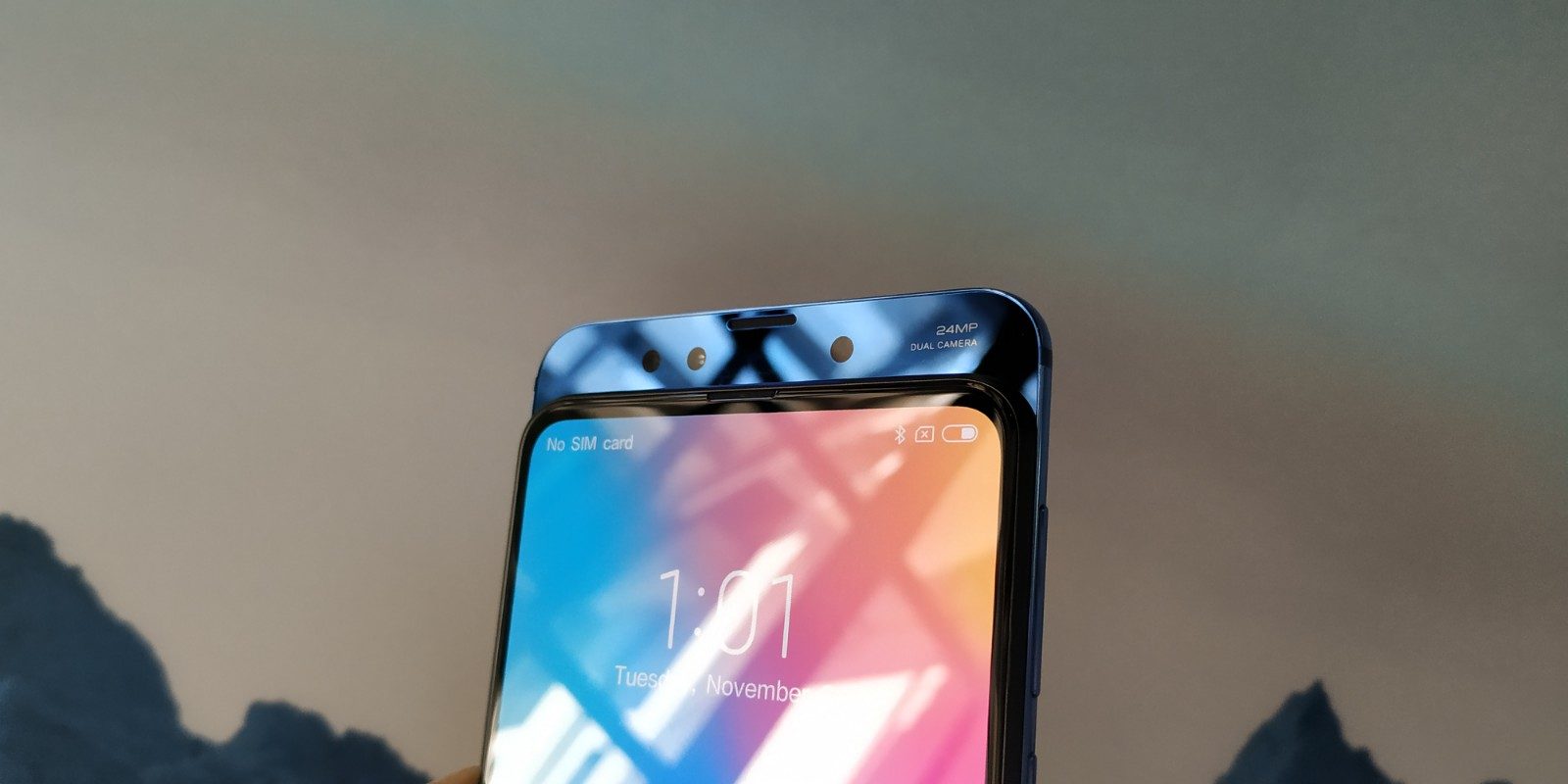SUMMARY
This is AI generated summarization, which may have errors. For context, always refer to the full article.

MANILA, Philippines – Xiaomi in October launched its new flagship Mi Mix 3 phone, known most for its sliding body mechanism that eliminates the need for the ever-so-divisive notch. On Tuesday, November 6, the brand’s local arm hosted an event where they showed the new phones (unfortunately, no details yet on price and availability), a future variant of which may be capable of interfacing with next-gen 5G networks.
As the telcos prepare to roll out the new technologies, it bears asking: will the phones themselves change? Will they take on new roles or explore new form factors? 5G brings forth a big speed boost, first and foremost, enough perhaps to open up new possibilities, and in the process, reshape how we think what a phone should be. (READ: Globe’s first 5G-enabled services available by Q2 2019)
We caught up with Xiaomi’s director for Southeast Asia, John Chen, to pick his brain and the brand’s strategy in this generational shift. Our Q&A is below.
How will 5G change the way people interact with their phones?
To be honest, from my point of view, the 5G is going to give something that will fundamentally change people’s lives. The speed of 5G is just incredible. The main thing about 5G is that you can connect everything.
The point for 5G is not just on the smartphone anymore. 4G is enough to run the content on smartphones already. The future should be running all the things that are around you – the cars, the lighting, everything you see can have connectivity. All these things connected together, you need to have enough bandwidth. That’s why you need 5G.
The smartphone for 5G enables all these things to be connected together with the network. I see a longer development for 5G. Initially, you’ll see how super fast it is in terms of downloading. But the speed – you can’t really tell too much difference. It’s already very fast now.
But the difference you’ll see is the experience around you. That’s how 5G will change you.
What’s the smartphone’s role then in the 5G era in that kind of ecosystem?
The smartphone’s going to be the center, the hub. Your smartphone is going to represent you – your person. And everything around you is a function. So through the smartphone, you can connect everything around you to do what you want as you feel. I think that’s the purpose of the phone coming into 5G.

Do you think the phones are going to look different?
I think so. Because as far as I know, some of the vendors already announced a foldable smartphone. The flexible screen is going to be the next revolution. So now we already have a full-screen phone, right? There’s nothing more than the full screen already. You can’t be anything more than the full screen.
So the next step is how you can get a bigger screen within a limited space? For example, my pocket is only this big. I can’t fit a 10-inch phone here. So the next solution is the foldable smartphone. Or to be much more futuristic, an expandable display. The foldable smartphone may be the next phase.
How is Xiaomi preparing for this generational change?
I think we are always staying very close to all the latest technologies. Whatever you see that’s available, we have a plan to bring that to the market. The only question is when. But we want to make sure that, first, it’s affordable. We want to make sure that the technology itself is affordable for everyone. That’s what Xiaomi’s about. That’s not going to change. We want to make sure that the technology is mature. So once that’s ready, we’ll bring it to the market.
How long do you think before 5G phones get mass adoption?
As far as I know, from the European or US operators, by the end of next year, we’re going to see network developments already toward 5G. By 2020 or 2021, in 2 or 3 years, we’re going to see a lot of the 5G phones coming out. Towards the end of 2019, we’ll see the 5G phones already, but just a few devices. In 3 years time, maybe 50% will be 5G phones. In 5 or 6 years, almost all the phones released will be 5G.
What are your plans for the Philippine market in 2019? And how has 2018 been for you since relaunching earlier in the year?
I think this year it’s great. We’ve just been here in the Philippines again for less than 10 months, and so far we’ve achieved great results. Good sales, and our Mi fans are coming together, and they’re stronger than before.
We’ve opened already 4 Mi stores, and we plan to open more towards the end of the year. Next year, we will increase our footprint in the offline market – more Mi stores in the other regions of the Philippines. We will also continue to work with Lazada and Shopee to bring the new devices at the most affordable price. – Rappler.com
Add a comment
How does this make you feel?
There are no comments yet. Add your comment to start the conversation.